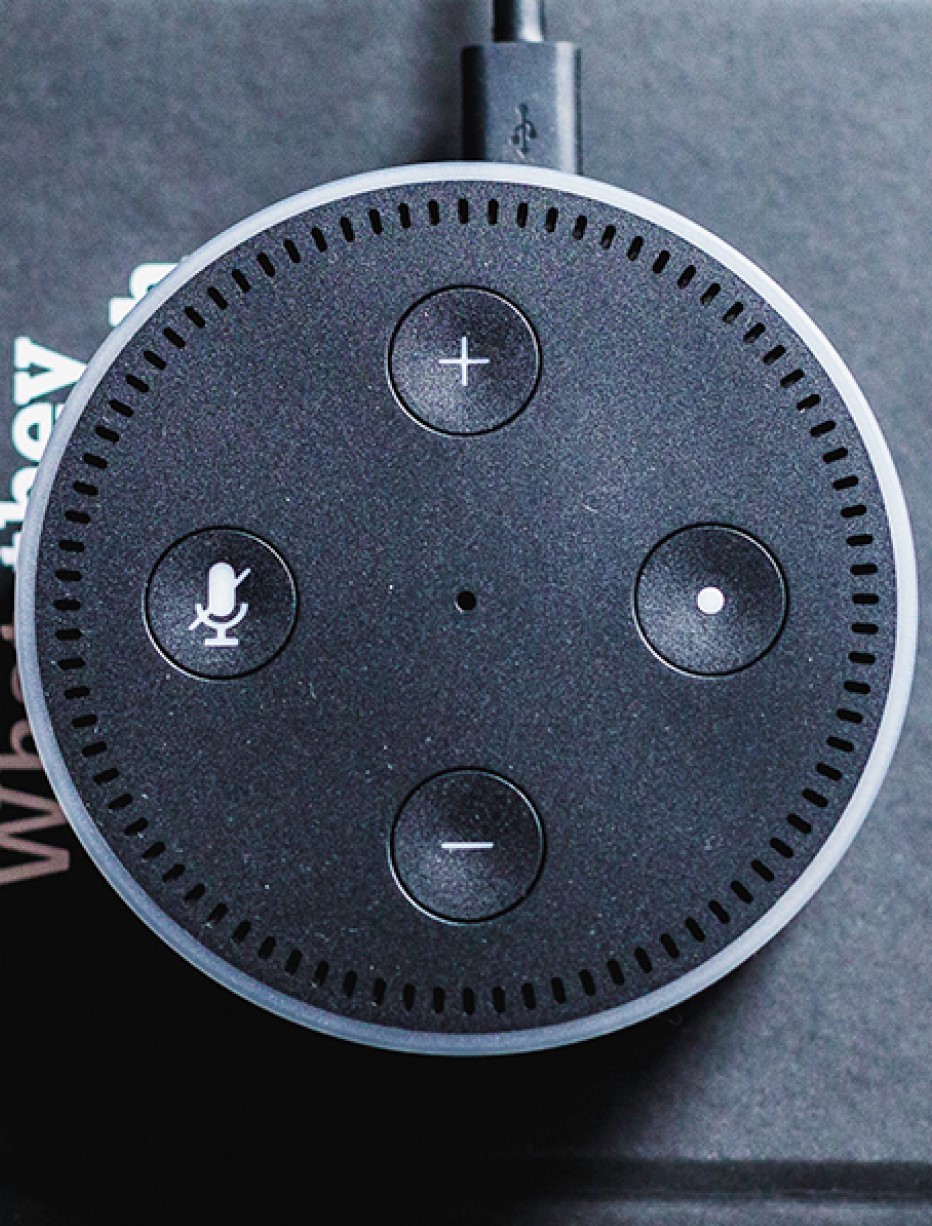The last ten years has seen a major shift in the dynamic between brands and consumers. Advertising and marketing used to be a one-way conversation, where brands did the talking. But the growth of social media has given consumers a voice, and a public platform to question, challenge and engage with brands.
Some companies chose to play and discovered the benefits of having two-way conversations, while others struggled with the idea of losing control, and in turn, lost more power.
United goes off-key
In 2008, singer Dave Carroll was on a United Airlines flight when his $3,500 Taylor guitar was damaged by airline staff. After a year of looking for compensation, Carroll wrote a song titled ‘United breaks guitars’. The music video went viral and today it’s been viewed over 16 million times.
The media got hold of the story and Dave gave over 200 TV and radio interviews. United’s stock price took a 10% hit — a drop in value of $180 million.
While United hit a bad note, other brands started singing a different tune. They adopted more human-like qualities and began using social media to genuinely engage with customers.
This is how they did it:
Tesco Mobile has taken to Twitter
Tesco Mobile is differentiating itself with a more human persona on social media. With its downmarket reputation, people used to think of the brand as cheap and unfashionable. But equipped with the power of social media and a sense of humour, they were able to change perspectives. Adopting a cheeky and charming tone on Twitter, people started to see the brand in a new, fun way.
“We encourage our team to be themselves and relate to customers — it’s all about the informal banter.” Matt Kennedy, Senior Digital Marketing Manager, Tesco Mobile
For example, back in June 2013, one customer tweeted, “When you call someone and it goes through to their Tesco Mobile voicemail… LOL.” And Tesco Mobile quickly responded with, “When you realise your mates are ignoring you… LOL.”
With over 11,000 retweets and 7,000 favourites, this sassy tweet is typical of conversations Tesco Mobile are having with their customers. Their edgy attitude has allowed them to connect with a wider audience — even non-customers. Tesco Mobile now have over 80,000 followers and with every tweet, they are building brand engagement, loyalty and trust.
Behind the scenes with Mercedes-Benz
Many luxury brands, including Mercedes, use Instagram to share pixel-perfect lifestyle or product images. Now, with the launch of Instagram Stories, they have started to showcase an alternate, more human side.
In August 2016 Mercedes ran a photoshoot in Germany to promote their AMG range. The official photographs from the shoot were breathtaking, with dramatic mountains and starry skies. But what gave this shoot an unexpected twist was the ‘behind the scenes’ footage captured to create an Instagram Story.
Mercedes gave the audience a glimpse into the reality behind the brand. They introduced the producer and showed the lengths they go to to create those flawless shots. It was open, honest and extremely confident. Mercedes were showing that they have nothing to hide. In fact, by allowing consumers to see how they create the luxury effect, they earned even more brand respect.
The soft side of Microsoft
Humanity even makes a welcome reappearance in conventional marketing campaigns. When Microsoft launched their latest operating system, Windows 10, they switched their advertising approach from focusing on the technology, to something more emotional — babies.
“In all our campaigns it’s real people doing real things… not so much about the product.” Kathleen Hall, Corporate Vice President of Global Advertising and Media, Microsoft.
Their campaign, the future starts now, focused less on the specific features of the product and more on how technology will change lives of the next generation. This intention of humanising the technology giant couldn’t be more apparent with the campaign’s carefully crafted strapline, “Windows 10 — a more human way to do”.
Revealing a more human side to the brand really paid off. The emotive campaign resonated with people and the recall and brand metrics showed positive results.
Can brands and consumers be friends?
All too often brands feel like… brands. They sound like businesses talking to other businesses. Psychologist Robert Cialdini explains that consumers want to buy from a friend rather than an unknown salesperson — the strength of a social bond is more likely to determine a sale, rather than love of the product.
Consumers want brands to engage with them, to inspire them and help them achieve their goals and ambitions. Whether it’s communicating on a personal level or simply choosing to put the customer first — there is great strength in being human.
So what does this mean for the future?
Voice-powered virtual assistants, underpinned by artificial intelligence, like Siri and Alexa are becoming ever-more popular. But there remains a question over their ability to hold conversations with users, the way real people can do.
Microsoft researchers are currently trying to humanise virtual assistants by studying multilingual speech. Innovators are using machine learning and real-time data analytics to make virtual assistants understand multiple languages, accents, contexts and nuances to hold more human-like conversations.
Looking forward to the next ten years, the social dynamic between brands and consumers will continue to evolve. As technology proliferates, humanity will prevail. The more complex and high-tech advertising and marketing becomes, the more human your brand needs to be to truly connect with people.
But the question is, how will brands continue to become more human? And who will be in the driving seat — real people or artificial intelligence? Who knows? I’ll ask Alexa…
--
To find out more about connected brand experiences, drop us a line at hello@hugoandcat.com
